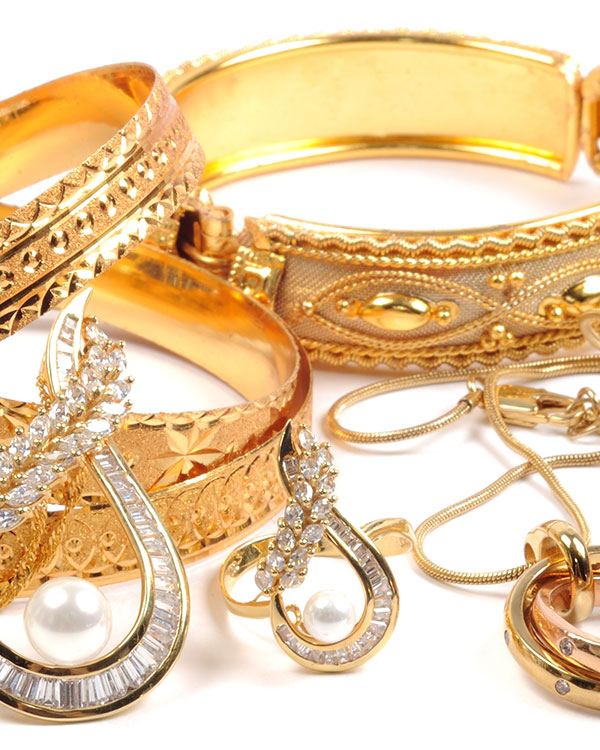Jewelry collections tell a story of personal history and memorable events; there’s the sapphire ring grandma got from her mother, as well as a pair of diamond earrings given to mark a milestone anniversary. Dig a little deeper and there’s a 24-carat gold necklace—though valuable—only serves as a reminder of a relationship that ended on a sour note. It may be tempting to sell the piece outright for easy cash, but to make the most of your gold assets, use them, and keep using them as pawn collateral.
Gold jewelry is an investment like any other. It may pay to sell an out of date gold piece for scrap to be melted into bullion, but keep in mind scrap price is usually 70 percent of melt value, reflecting dealer profit and processing fees. Selling to premium retail jewelers has its limitations as well. They usually don’t buy timepieces or new items, and may only offer store credit. This can be significant as the total value of gemstones can exceed the value of gold.
There is little profit to be had by selling gold jewelry outright. Know this: people interested in buying your jewelry are generally out to make a profit. Pawn loans are a low risk venture to pawnbrokers.
Suffolk Pawn’s well-trained staff tests and weighs gold, as well as appraises the value of included gemstones to determine the overall value of the piece and loan amount. Many customers are longtime friends of the shop and pawn the same item again and again—sometimes for even more money the next time depending on trends and current market value.
So, why not make your gold jewelry work for you? Next time you need some quick extra cash, or want to get in on the ground floor of a promising investment, don’t sell grandma’s ring—pawn it instead at Boston’s own Suffolk Pawn.

